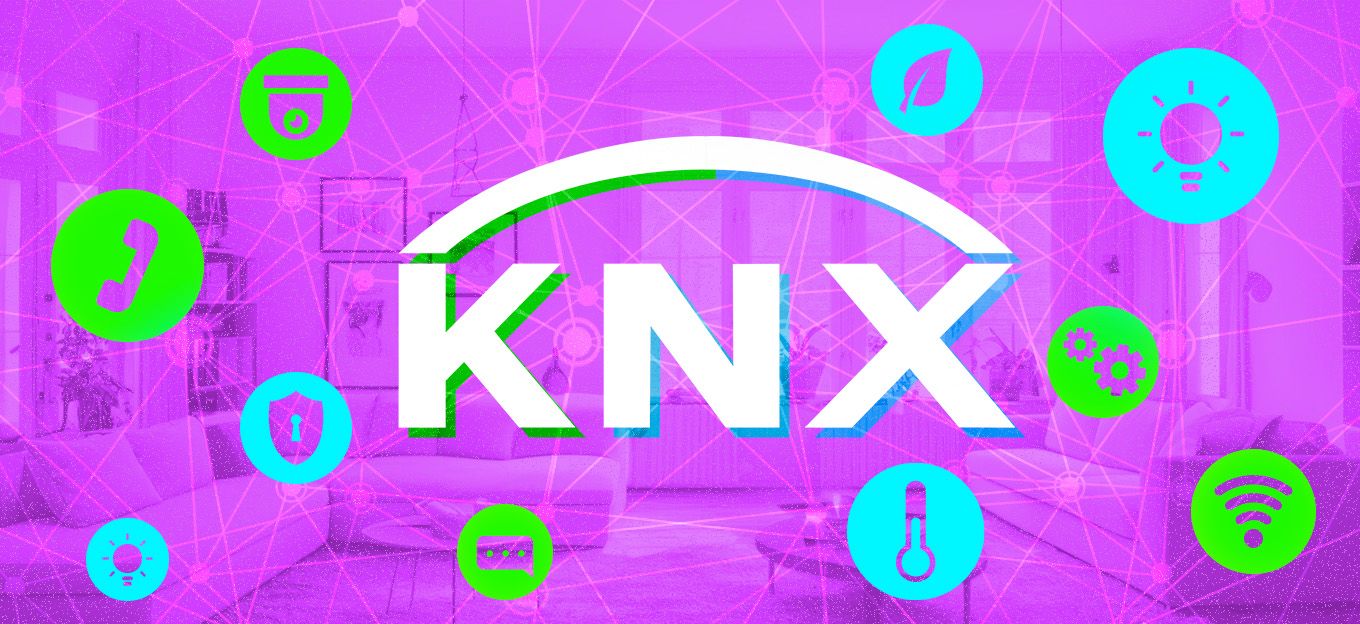Optimizing Health and Safety with IoT Post Pandemic
Optimizing Health and Safety with IoT Post Pandemic
- Last Updated: December 2, 2024
Smarter Technologies
- Last Updated: December 2, 2024



With the vast amount of technology being produced in the IoT world, sensors and form factors relating to buildings are amongst the most developed. From health and safety to parking bay allocation, implementing IoT in your building will have a profound effect on your normal operations; potentially streamlining certain services, reducing the need for manual effort and giving you insight into your building with an incomparable level of data.
Implementing IoT in smart buildings regarding health and safety will allow business owners and building managers to confidently step into the post-pandemic world.
When IoT is looked at against the backdrop of the changing world, certain things become apparent. The first is that businesses and organizations are fully preparing for a post-pandemic world. Johnson Controls’ annual Energy Efficiency Indicator survey indicates that over fifty percent of organizations in the US plan to increase their investment in smart building technology, renewable energy, and energy efficiency in 2021, a sentiment shared by most of Europe. The biggest concern after reaching herd immunity will likely be to ensure that all shared spaces are as safe and as energy-efficient as possible.
IoT for Health & Safety
Facility managers worldwide are revving their proverbial smart building engines, looking to join the IoT race to promote a post-pandemic lifestyle.
Air Quality Monitoring
Given the evidence supporting the spread of COVID-19 through aerosol transmission, it is understandable that air quality systems are being heavily reviewed. Air quality sensors come with numerous benefits, the foremost among them being the ability to ensure a clean breathing environment.
These sensors allow you to monitor the quality of the air, indoors or outdoors, in real-time. Alerts are triggered if the air quality or ventilation systems are compromised. This includes early gas leak detection and instant alerts when thresholds are reached for certain gases.
Fire Safety Monitoring
Fire equipment is a critical part of the facility management system, with strict legislation to help avoid tragedy. Fortunately, the world of IoT has contributed to fantastic innovation with smart sensors which can offer real-time data on fire extinguishers, smoke alarms, and fire doors. Fire safety helps:
- Monitor extinguisher levels and be notified of refilling needs
- Automate compliance records for historical evidence
- Proactive maintenance means only scheduling maintenance when needed
- Auto deployment options for safety measures
- Fire door status and tampering notifications
Water Quality Monitoring
Legionella is a major concern for businesses returning to work, as the danger lurks in pipes that have been dormant over lockdown. Demonstrating compliance with Legionella testing and monitoring legislation is critical and, historically, a time-consuming endeavor requiring consistent manual labor.
IoT has completely revolutionized the Legionella compliance game, with sensors available to automatically flush pipe systems and report and record water temperatures in real-time. Further, IoT software will ensure that historical compliance records are logged and stored for a legislated minimum of five years.
Automating the Legionella compliance process can save a business up to 83% against normal manual testing.
Smart Lighting
Although of a lesser impact on health and safety, there is evidence emerging of the impact that smart lighting systems can have on a building’s occupants. Amongst the many benefits, smart lighting gives control over light colors, allowing for mood control and ambiance settings in the office. Studies have shown that the right lighting can have a positive effect on occupants and improve mental wellbeing.
Smart lighting systems allow building managers to control the lights remotely, curbing energy wastage. This also includes IoT sensors that turn lights on when a room is occupied, turn them off when empty, and set automatic power-ups and shut-downs for specific times of the day.
IoT for Energy Data
These four examples of cutting-edge IoT technology for buildings also play an important consideration for all business owners; that energy use and wastage. Not only do the above IoT sensors make a vast difference to the health and safety aspect of the post-pandemic world, but they also play a large role in the future of energy portfolios and understanding energy data.
Analytical benefits in data supplement the physical benefits of air, fire, water, and light quality monitoring. Deeper data insights, provided by IoT software, will assist business owners and building managers of the post-pandemic world make decisions that will curb energy consumption and optimize cost savings. This is especially important against the Net-Zero targets that the UK has set by the Paris Agreement.
Combining the data from IoT monitoring systems can give business owners and facility managers a comprehensive overview of their energy consumption.
Post-Pandemic IoT
The IoT market fills up with sensors of all shapes and sizes, but having the right sensors is not enough. Business owners and building managers will need to be very careful about the software they invest in, as the importance of deeper data insights cannot be overstated.
By combining the right software with the right IoT sensors, innovative business owners and building managers can easily get themselves into pole position for when the qualifiers are over. We finally see the green light for a world after the pandemic.
The Most Comprehensive IoT Newsletter for Enterprises
Showcasing the highest-quality content, resources, news, and insights from the world of the Internet of Things. Subscribe to remain informed and up-to-date.
New Podcast Episode

IoT and AI in 2026
Related Articles





